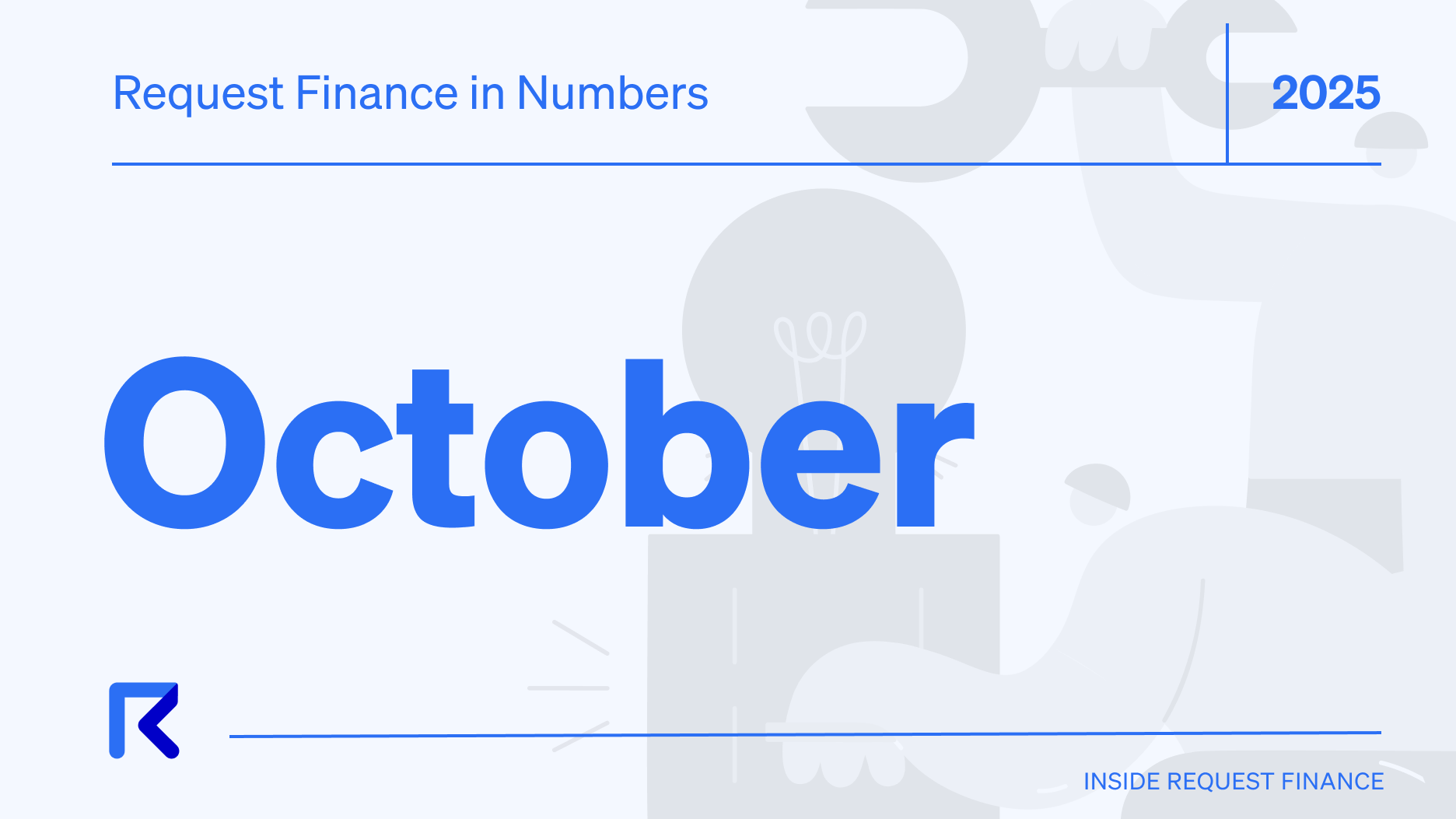How To Make Instant Cross-Border Payments
Unlock the future of seamless cross-border transactions with stablecoins and crypto payroll

Global remote work is on the rise, and is expected to nearly triple to $58.5 billion in 2027.
With the rise of global, distributed teams, swift and secure cross-border payments is essential for companies to pay employees from all over the world.
Ready to Supercharge Your Crypto Accounting?
Stop wasting time, manually creating journal entries. Automate your accounting now, and enjoy error-free reporting
Learn how to scale your company's crypto & fiat financial operations
Your financial complexities are our specialties. Schedule your free consultation today and discover how Request Finance can transform your financial operations
Simplify crypto and fiat financial operations today
Rely on a secure, hassle-free process to manage your crypto invoices, expenses, payroll & accounting.
What are cross-border payments?

Cross-border payments are transactions where the payer and the payee are located in different countries.
According to Statista, the value of cross-border payments market is expected to reach nearly $300 trillion by 2030 - highlighting the need for a fast and affordable cross-border payment system for businesses.
However, these transactions often require a complex network of banking relationships to facilitate funds transfer across international borders.
Traditional fiat payment methods are full of hidden fees and complicated banking procedures that can make cross-border payments a daunting task.
The process involves three main steps: pre-funding, clearing, and settlement. The sending bank initiates the transfer by sending the funds to a correspondent bank in the recipient's country. This intermediary then forwards the money to the receiving bank, which credits the recipient's account.
How do cross-border payments work?
Cross-border payments usually involve multiple intermediaries for each stage of the process:
Pre-funding: The sender, whether an individual or a corporation, must first establish or fund a local bank account in their country. This is often the first hurdle, especially for smaller businesses that may not have the resources to maintain multiple international accounts.
Clearing: The funds are then routed through a correspondent or clearing bank located in the recipient's country. This step is crucial but can introduce delays and additional costs.
Settlement: Finally, the receiving bank credits the recipient's account with the transferred amount.
By involving multiple intermediaries, it adds layers of complexity and delays. For instance, the recent collapse of Silicon Valley Bank caused Wrapbook’s payroll-processing delays, highlighting the risks associated with traditional fiat systems.
Traditional cross-border payments are not just complex; they're costly. Banks can siphon off up to 10% of the total transfer amount in fees. Additionally, nearly half of all suppliers experience delayed payments, which can disrupt your company’s cash flow.
Currency exchange rate fluctuations can further add to the cost of cross-border payments, making international transactions a gamble.
Rise of crypto payroll in a remote-first world
Traditional methods of salary disbursement are often cumbersome and costly, especially for global enterprises.
There’s a need for a borderless, efficient payment system for businesses to pay their employees globally.
The adoption of crypto as a form of payment is not just limited to transactions between businesses and consumers. It's also emerging as a popular payment method among remote-first, global distributed teams as part of employee compensation.
How to make instant cross-border payments with stablecoins
Stablecoins are increasingly becoming the go-to solution for instantaneous and cost-effective cross-border transactions. Unlike volatile cryptocurrencies, stablecoins are anchored to traditional fiat currencies, offering a consistent value even amidst market fluctuations.
One of the most compelling benefits of stablecoins is their ability to facilitate rapid transactions. Unlike traditional wire transfers, which can take from several hours to days to process, stablecoin transactions are often completed within minutes or even seconds.
If your business relies on timely international transactions, making cross-border payments with stablecoins eliminates the delays commonly associated with conventional banking systems.
Moreover, the fees associated with stablecoin payments are usually significantly lower than those charged by credit card companies and banks. Your business can potentially save thousands of dollars in fees by opting for stablecoin-based payments if you’re processing over a million transactions monthly.
It's not shocking to see crypto payroll gaining traction as a preferred method of payment in employee compensation plans, particularly among remote-first companies that work on a global scale. In the wake of the pandemic, as remote work becomes more commonplace, the demand for a seamless and borderless payment system for employees is increasing.
Crypto payroll, facilitated by platforms like Request Finance, offers a streamlined, cost-effective, and global solution for compensating employees. As crypto gains broader acceptance, it's only a matter of time before crypto payroll becomes a standard practice for businesses worldwide.
Crypto finance tips straight to your inbox
We'll email you once a week with quality resources to help you manage crypto and fiat operations
Trending articles
Get up to date with the most read publications of the month.
Our latest articles
News, guides, tips and more content to help you handle your crypto finances.











